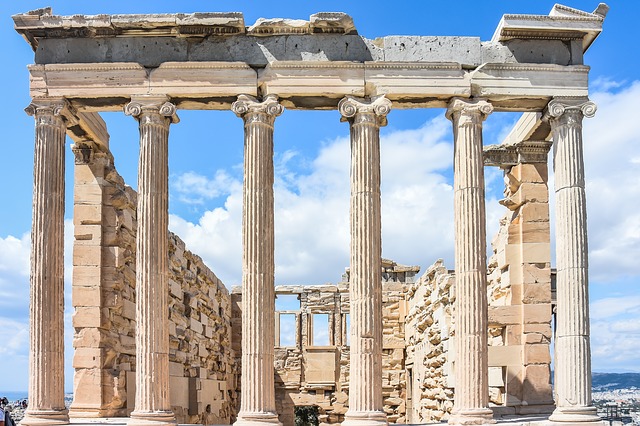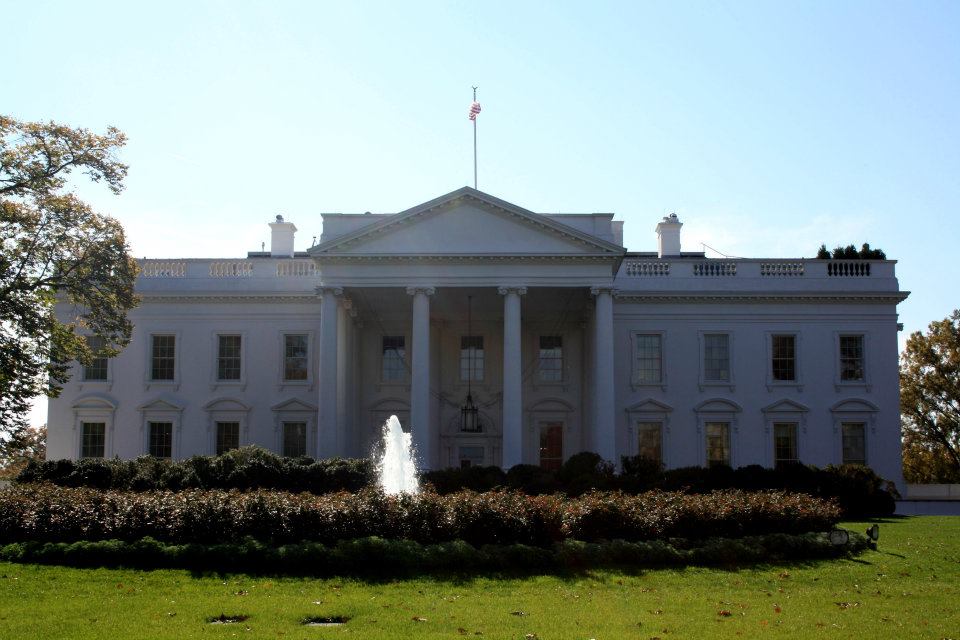Classical architecture
[edit] Introduction
Classical architecture refers to a style of buildings originally constructed by the Ancient Greeks and Romans, especially between the fifth century BCE in Greece and the third century CE in Rome. The style of classical architecture has been reproduced throughout architectural history whenever architects looked to the ancient past for illumination and inspiration, and in search of what they may have regarded as lost ideals.
The Renaissance is an obvious example, but so are the Greek revivals of the 19th century in Victorian Britain and other parts of Europe. Victorian architects sometimes created exact copies of classical forms but otherwise they adopted an eclectic approach that involved recombining classical forms and motifs to create a new style or typology. For example, a Greek temple could become the model for a church, a town hall or even a railway station.
In the US, the Classical Revival or Neoclassical Style (1895-1950) is one of the most common architectural styles. It was most often used for courthouses, banks, churches, schools and mansions. Later, Hitler’s architect Albert Speer designed his vision of the new post-War Berlin entirely in a pared-down, mostly unadorned neoclassical style.
[edit] Characteristics of classical architecture
Classical buildings in ancient Greek and Roman times were typically built from marble or some other attractive, durable stone, but since then, they have also been built in brick, concrete and stone. The architecture was primarily trabeated (post and beam) and evolved from timber origins.
Greek architecture followed a highly-structured system of proportions that related individual architectural components to the whole building. This system was developed according to three basic styles, or 'orders' – Doric, Ionic and Corinthian – that formed the heart of classical Greek architecture. The Romans also used these widely but added two of their own orders: Tuscan and Composite.
For further information see Classical Orders in Architecture.
[edit] Related articles on Designing Buildings
- Architectural history.
- Architectural Styles.
- Baroque architecture.
- Classical orders in architecture.
- Classical Revival style.
- Elements of classical columns.
- Italian rationalism.
- Italian Renaissance Revival style.
- Jacobean architecture.
- Neoclassical architecture.
- Nineteenth century building types.
- Palladian architecture.
- Origins of Classical Architecture.
- Rinceau.
- Roman Classical orders in architecture.
- Sir Christopher Wren.
- Xystus.
Featured articles and news
Key points for construction at a glance with industry reactions.
Functionality, visibility and sustainability
The simpler approach to specification.
Architects, architecture, buildings, and inspiration in film
The close ties between makers and the movies, with our long list of suggested viewing.
SELECT three-point plan for action issued to MSPs
Call for Scottish regulation, green skills and recognition of electrotechnical industry as part of a manifesto for Scottish Parliamentary elections.
UCEM becomes the University of the Built Environment
Major milestone in its 106-year history, follows recent merger with London School of Architecture (LSE).
Professional practical experience for Architects in training
The long process to transform the nature of education and professional practical experience in the Architecture profession following recent reports.
A people-first approach to retrofit
Moving away from the destructive paradigm of fabric-first.
International Electrician Day, 10 June 2025
Celebrating the role of electrical engineers from André-Marie Amperè, today and for the future.
New guide for clients launched at Houses of Parliament
'There has never been a more important time for clients to step up and ...ask the right questions'
The impact of recycled slate tiles
Innovation across the decades.
EPC changes for existing buildings
Changes and their context as the new RdSAP methodology comes into use from 15 June.
Skills England publishes Sector skills needs assessments
Priority areas relating to the built environment highlighted and described in brief.
BSRIA HVAC Market Watch - May 2025 Edition
Heat Pump Market Outlook: Policy, Performance & Refrigerant Trends for 2025–2028.
Committing to EDI in construction with CIOB
Built Environment professional bodies deepen commitment to EDI with two new signatories: CIAT and CICES.
Government Grenfell progress report at a glance
Line by line recomendation overview, with links to more details.
An engaging and lively review of his professional life.
Sustainable heating for listed buildings
A problem that needs to be approached intelligently.
50th Golden anniversary ECA Edmundson apprentice award
Deadline for entries has been extended to Friday 27 June, so don't miss out!
CIAT at the London Festival of Architecture
Designing for Everyone: Breaking Barriers in Inclusive Architecture.
Mixed reactions to apprenticeship and skills reform 2025
A 'welcome shift' for some and a 'backwards step' for others.





























Comments
Classical architecture is always stunning and beautiful. It has its own uniqueness. This article explains classical architecture in a simple way. Glad to have found it.